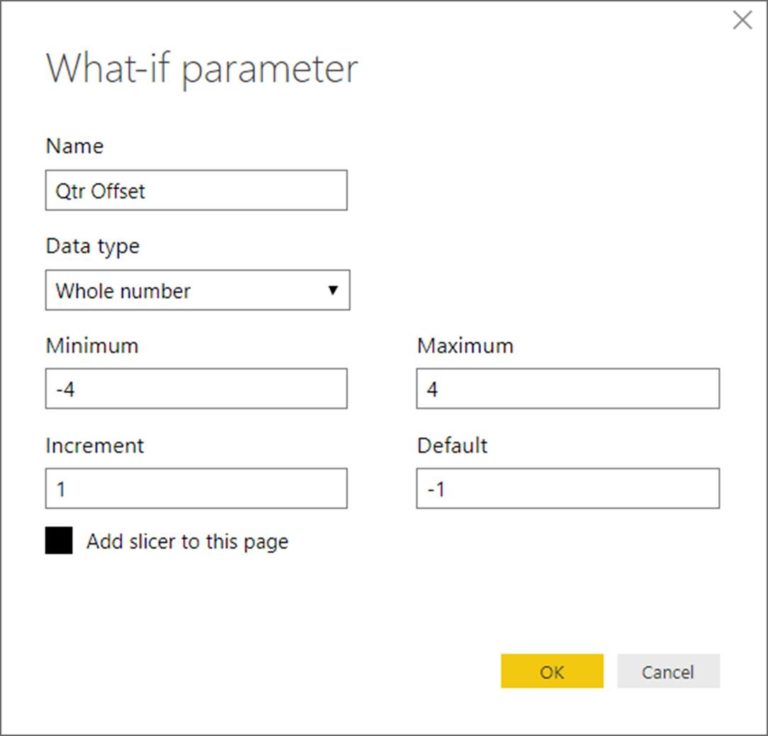Power BI dataflows
Power BI is a powerful business intelligence platform that enables users to create interactive visualizations and reports from a wide range of data sources. One of the key features of Power BI is its ability to connect to dataflows, which are a type of data source that allows users to capture, transform, and load data from various sources into the Power BI service.
To connect to a dataflows data source from inside Power BI, you can use Power Query, a data transformation and cleansing tool that is built into Power BI. Power Query uses a powerful programming language called M to perform data transformations and load data into the Power BI service.
In this article, we will explore the Power Query M language code for connecting to the Power BI dataflows data source from inside Power BI. We will cover the following topics:
– Understanding dataflows in Power BI
– Creating a dataflows data source
– Connecting to a dataflows data source using Power Query M language code
– Tips for working with dataflows in Power BI
Understanding Dataflows in Power BI
Dataflows are a type of data source in Power BI that allow users to capture, transform, and load data from various sources into the Power BI service. Dataflows are similar to Power Query queries, but they are designed to be more scalable and reusable.
With dataflows, you can create a set of reusable data transformations that can be applied to multiple data sources. For example, you can create a dataflow that extracts customer data from a CRM system, transforms the data to a standard format, and loads the data into the Power BI service. You can then use this dataflow to create reports and visualizations based on the customer data.
Dataflows also provide a number of benefits over traditional data sources. For example, dataflows are stored in the Power BI service, which means that they can be accessed by multiple users and reports. Dataflows also support incremental data loads, which means that only new or changed data needs to be loaded into the Power BI service.
Creating a Dataflows Data Source
Before you can connect to a dataflows data source using Power Query, you need to create a dataflows data source in the Power BI service. To do this, follow these steps:
1. Go to the Power BI service and click on the “Workspace” where you want to create the dataflows data source.
2. Click on the “Dataflows” tab and click “Create” to create a new dataflow.
3. Follow the prompts to create a new dataflow. You will need to select a data source, configure data transformations, and set up incremental data loads.
4. Save the dataflow and publish it to the Power BI service.
Once you have created a dataflows data source in the Power BI service, you can connect to it using Power Query.
Connecting to a Dataflows Data Source Using Power Query M Language Code
To connect to a dataflows data source using Power Query, you can use the following M language code:
let
Source = PowerBI.Dataflows(null),
dataflow = Source{[workspaceId="workspace_id_here",dataflowId="dataflow_id_here"]}[Data],
#"Renamed Columns" = Table.RenameColumns(dataflow,{{"EntityName", "Table"}})
in
#"Renamed Columns"
In this code, you need to replace “workspace_id_here” and “dataflow_id_here” with the actual IDs of your dataflow. To find the IDs, go to the dataflow in the Power BI service and copy the values from the URL. For example, if the URL of your dataflow is “https://app.powerbi.com/groups/group_id_here/dataflows/dataflow_id_here”, then “group_id_here” is your workspace ID and “dataflow_id_here” is your dataflow ID.
The code above retrieves all tables from the dataflow and renames the “EntityName” column to “Table”. You can then use the resulting table to create reports and visualizations in Power BI.
Tips for Working with Dataflows in Power BI
Here are some tips for working with dataflows in Power BI:
– Use incremental data loads to improve performance and reduce data duplication.
– Use the “Refresh Now” option to manually refresh dataflows when needed.
– Use the “Schedule Refresh” option to automatically refresh dataflows on a schedule.
– Use the “Dataflow Source” option to create reports based on dataflows.
– Use the “Copy Dataflow” option to copy dataflows between workspaces.
By following these tips, you can make the most of dataflows in Power BI and unlock the full potential of your data.









